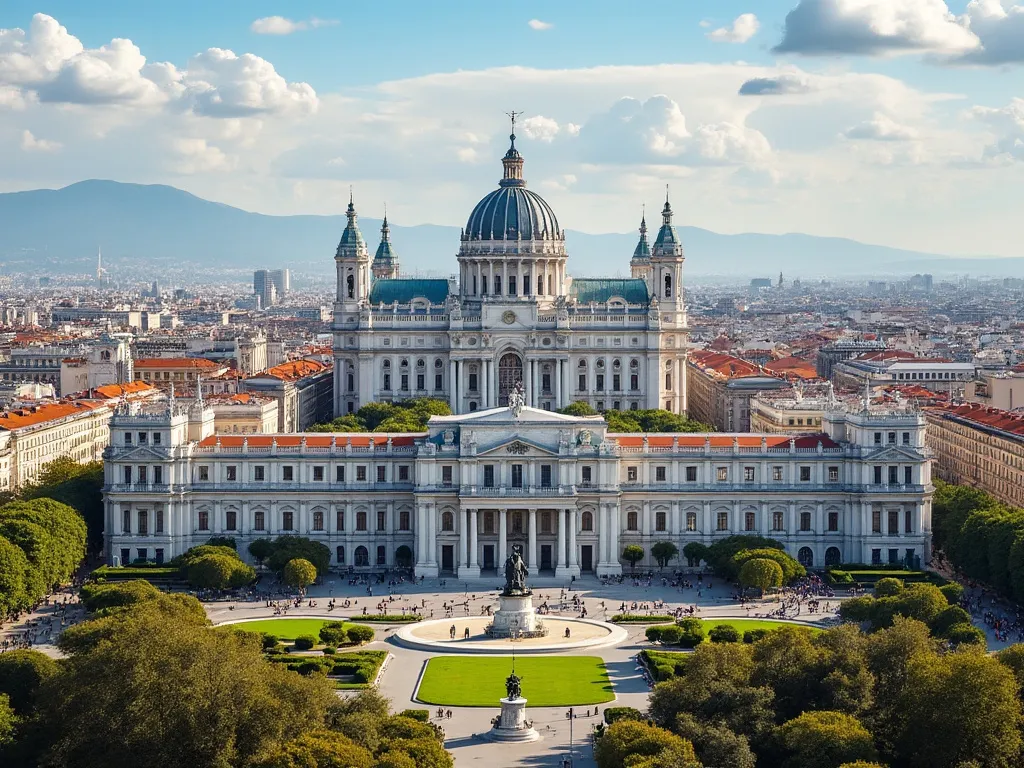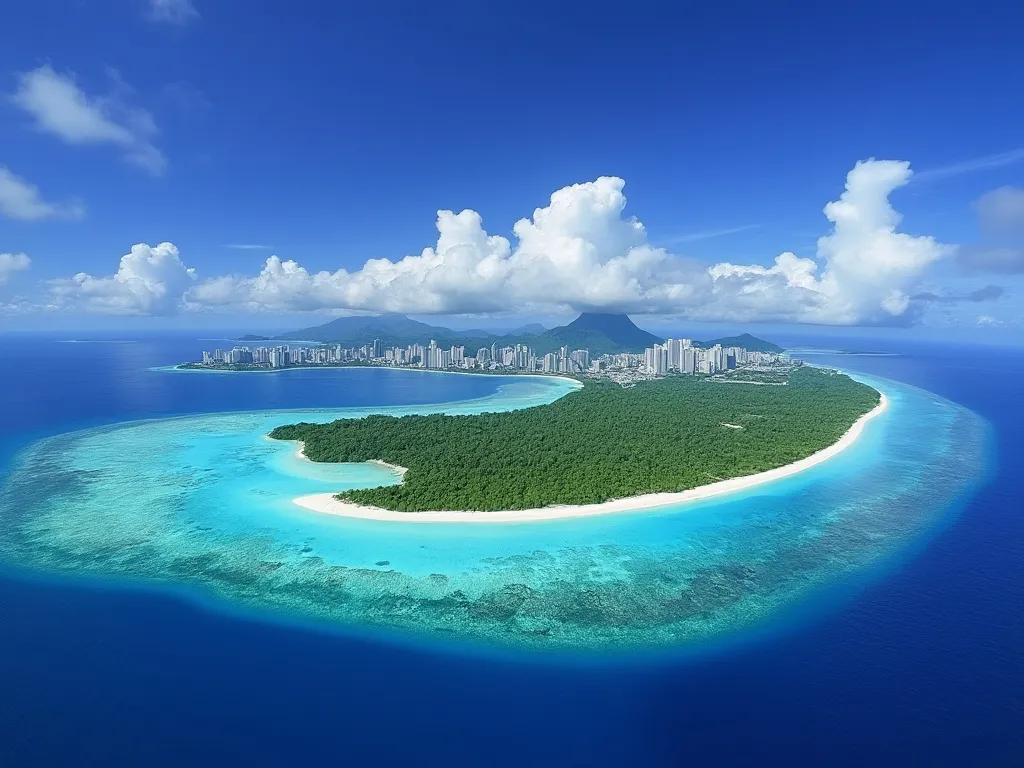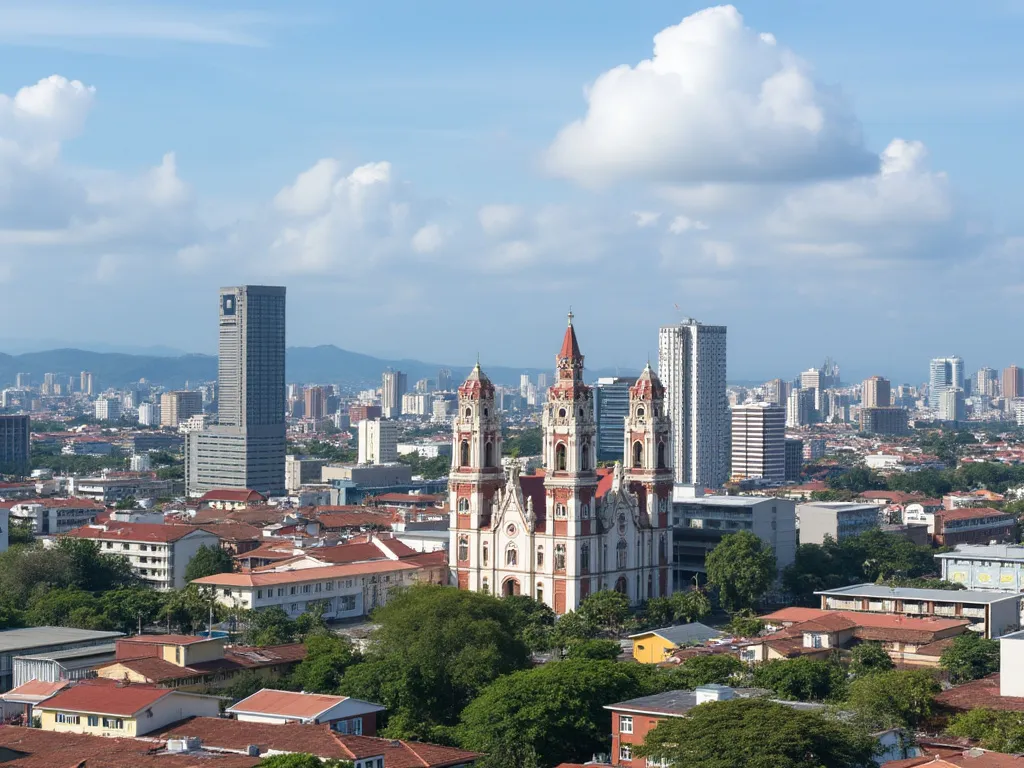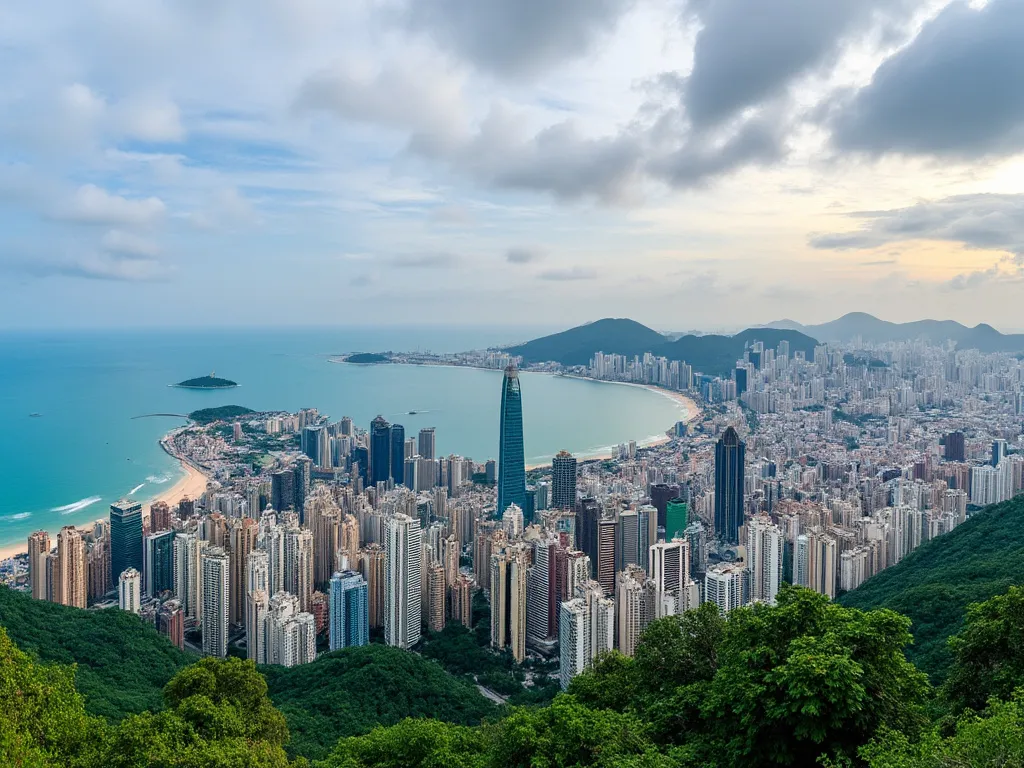
Madrid, the capital city of Spain, is a vibrant and cosmopolitan metropolis that seamlessly blends tradition and modernity. Located in the heart of the Iberian Peninsula, Madrid is a city that pulsates with energy, from its world-class museums and art galleries to its lively nightlife and delectable cuisine.
Madrid Information
| Country | 🇪🇸 Spain |
| Population | 3.2 million (urban area: 6.5 million) |
| Coordinates | 40.4168° N, 3.7038° W |
| Area | 604.45 km² (233.38 sq mi) |
| Climate | Continental Mediterranean climate |
| Language | Spanish (official) |
| Currency | Euro (€) |
| Time zone | Central European Time (CET) (UTC+1) |
| Proximity to other major cities | Barcelona (620 km / 385 mi), Lisbon (560 km / 348 mi), Paris (1,060 km / 659 mi) |
Historical Background of Madrid
Madrid's history dates back to the 9th century, when it was a small Moorish settlement. In 1561, King Philip II declared Madrid the capital of Spain, and the city began to grow in importance. Over the centuries, Madrid has been shaped by various cultures, including the Moors, the Habsburgs, and the Bourbons, each leaving their mark on the city's architecture, art, and culture.
Geographical Location of Madrid
Madrid is situated in the central part of Spain, in the autonomous community of Madrid. The city is nestled in the Meseta Central, a vast plateau that covers much of the Iberian Peninsula. Madrid's elevation is approximately 650 meters (2,133 feet) above sea level, making it one of the highest capital cities in Europe.
Cultural Significance of Madrid
Madrid is a city that is deeply rooted in culture and tradition. From the world-renowned Prado Museum to the Royal Palace of Madrid, the city is home to numerous cultural institutions and landmarks that showcase its rich heritage. Madrid is also known for its vibrant flamenco music and dance scene, as well as its delectable cuisine, which features popular dishes such as tapas, paella, and gazpacho.
Economic Importance of Madrid
Madrid is the economic hub of Spain, with a strong service sector that drives the country's economy. The city is home to numerous multinational corporations, as well as a thriving startup scene. Madrid is also a major tourist destination, attracting millions of visitors each year who come to experience the city's rich culture, history, and entertainment options.
Interesting Facts About Madrid
- Madrid is home to the world's oldest restaurant, the Botín, which was established in 1725.
- The city has more trees per inhabitant than any other European city.
- Madrid is home to the largest urban forest in Europe, the Casa de Campo.
- The city's metro system is one of the largest in the world, with over 300 stations.
Tourist Attractions in Madrid
- The Prado Museum: one of the world's greatest art museums, featuring works by Goya, Velázquez, and El Greco.
- The Royal Palace of Madrid: the official residence of the Spanish royal family, featuring an impressive collection of art and antiques.
- The Plaza Mayor: a historic square in the heart of the city, surrounded by cafes, shops, and street performers.
- The Retiro Park: a beautiful urban park that offers a peaceful escape from the hustle and bustle of the city.
Conclusion on Madrid
In conclusion, Madrid is a city that has something for everyone. From its rich cultural heritage to its vibrant nightlife, Madrid is a city that is sure to leave a lasting impression on all who visit.
 Majuro
Majuro
 Malabo
Malabo
 Luxembourg
Luxembourg
 Macao
Macao